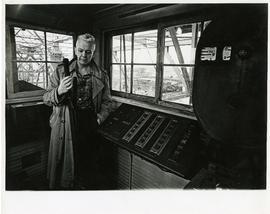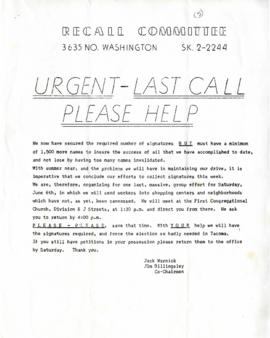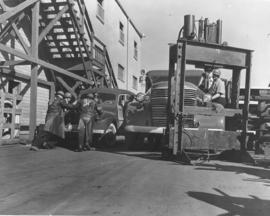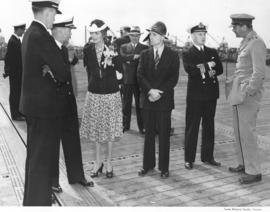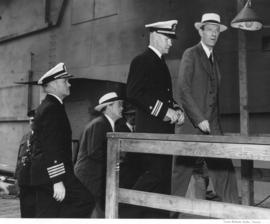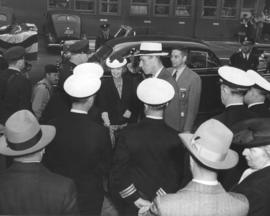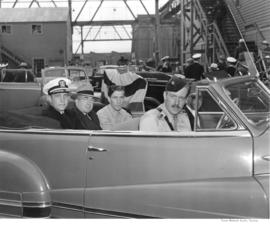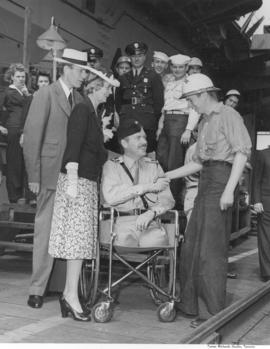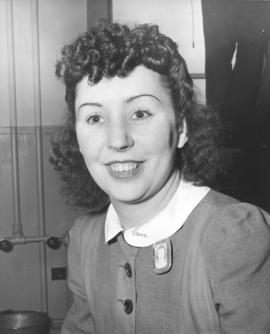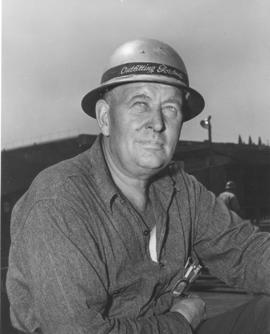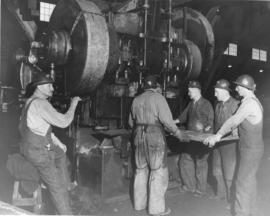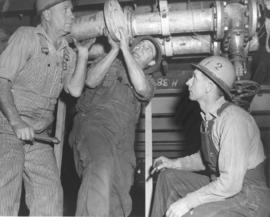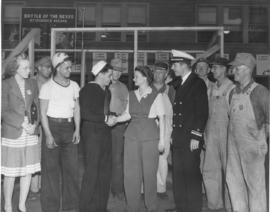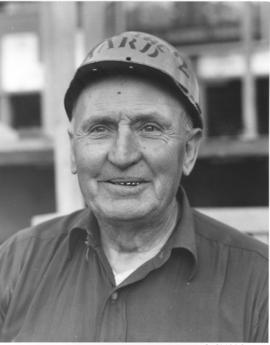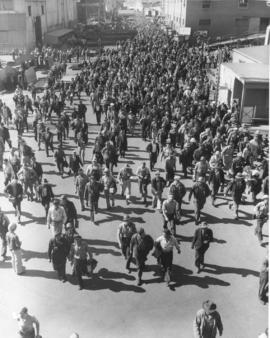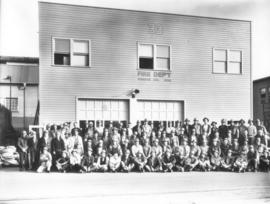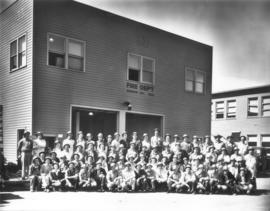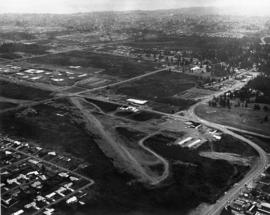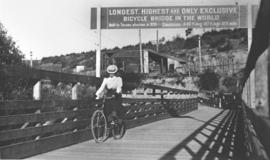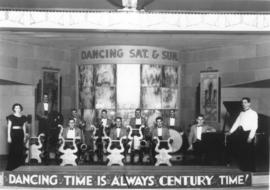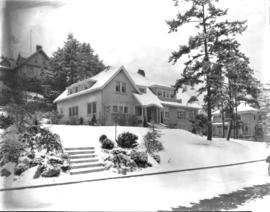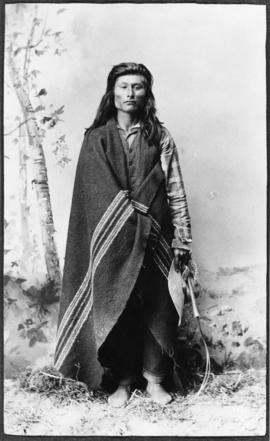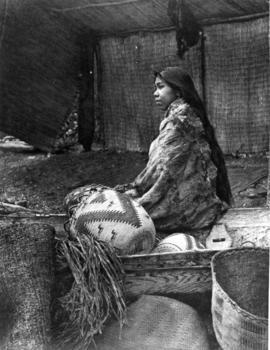Chinook Jargon Songs, Folks Songs of the Pacific Northwest and Elsewhere
- 6.1.1-060101Reel21
- Item
Part of Murray Morgan Papers
Chinook Jargon songs sung:
- “Jesus Loves Me”
-
“For He’s a Jolly Good Fellow” (could be different song with same melody since a verse mentions "Steilacoom")
Folk songs sung with guitar:
- “I'm Never Going to Cease My Wandering”
- “The Old Settler (Acres of Clams)” – Pacific Northwest song
- “The Housewife’s Lament”
- “The Frozen Logger” – Pacific Northwest song
- “Stupid’s Song”
- “Portland County Jail” – Pacific Northwest song
- "My Sweetheart's the Mule in the Mines"
- “The Moonshiner”
- “Johnny I Hardly Knew Ye”
- “The Sow Took the Measles”
- "Good Old Bowling Green"
- “Sugar Hill”






